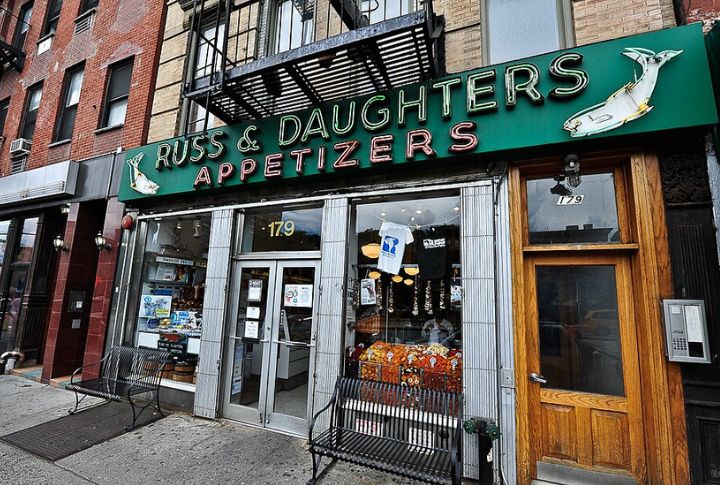
When a travel magazine unveils the world’s coolest streets, the mind usually jumps to flashy boulevards packed with visitors. Yet Time Out’s newest list leans somewhere far more interesting: the stretches where real life hums, neighbors trade greetings, and everyday stories shape the mood. These rankings highlight corners built on rhythm, routine, and local pride rather than staged photo moments. So give yourself a moment to explore beyond the obvious and discover why residents see these streets as more than a backdrop.
Rua Do Senado, Rio De Janeiro
Rua do Senado sits at the top of Time Out’s 2025 list, and locals say the street finally feels alive again. Older storefronts with weathered facades now sit beside spots that spill music into the air, giving the area a rhythm that builds from afternoon to late evening. The shift didn’t happen overnight, but people who walk it daily say the energy feels more grounded than anything a guidebook could promise.
One resident points to a small grocer that now shares the block with a buzzing music bar and a gallery that opened after a long renovation lull. The contrast gives the street a kind of momentum. Visitors who slow down, follow the music, and wander off the main flow tend to notice it instantly.
Orchard Street, New York City
Orchard Street on Manhattan’s Lower East Side draws steady curiosity from locals because it changes often while keeping its original pulse. Longtime leather shops sit near newer storefronts that stay busy late into the day, giving the street a rhythm that feels lived-in rather than staged.
Visitors find quick shifts in mood from block to block, which adds to its pull. Above it all, tenement buildings cast the same shadows they did decades ago while cafe tables fill the sidewalks below. Anyone walking the street can sense how history and new ideas sit close together to shape the block.
Pacific Coast Highway (Central Malibu)
This stretch of the Pacific Coast Highway pulls people in because it refuses to behave like a normal road. One moment you’re beside waves slapping the rocks, the next you’re passing roofs that sit so close to the shoreline they seem to lean into the breeze. Locals say the view is only half the story. Earlier wildfires closed long portions of the route, emptied patios, and left businesses running on grit.
That long recovery shaped how residents talk about the area now. They describe a push to make the coast easier to use on foot, with more attention on safe crossings and small places where people can pause without feeling rushed. Anyone visiting now can sense the recovery effort as soon as they step out at a pull-out and take in how hard the shoreline has worked to return to itself.
The Street-Level View
A memorable street rarely earns its character from big attractions. It grows from daily patterns that build slowly, shaped by people who treat the block as an extension of home. That’s why walking these places with patience reveals more than a quick glance ever could. Let each stop, sound, or exchange lead you toward what locals already understand.
